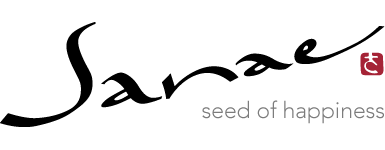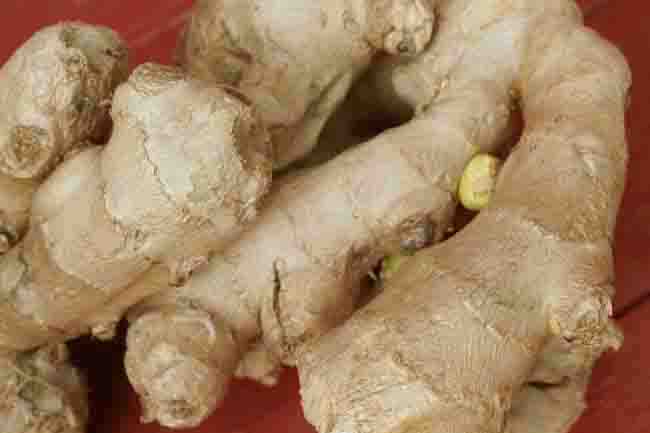
Some people have dreams and goals when they’re young, and some can make them come true.
That wasn’t the case for me.
When I was in elementary school, I wanted to open a flower shop or nursery that sold flowers and plants that I grew myself, but I didn’t have a garden at home, so I grew a lot of flowers in wooden boxes I got from a fruit shop, but that dream went away.
Then, I liked swimming, and for a moment, I thought I might become an Olympic athlete. I enjoyed reading novels and writing, so there was a time when I wanted to be a writer.
When I went to Hawaii at 17, I got on a plane and thought that a job as a flight attendant might be a good idea. I also got a driver’s license and started driving. I loved driving so much that I wanted to become an F1 racer.
I came to the US at age 19 and thought maybe I could become a photojournalist, which was my major in college, but I quit my media job when I realized that working as a media coordinator would mean I would have no time to spend in my garden or with my animal family.
Before getting my green card (permanent resident status), I worked various jobs, including at a duty-free store and a souvenir shop, washing/detailing cars, as a lawn mower gardener, and growing South American plants in a gardener’s greenhouse.
After getting married and getting my green card (permanent residency), I worked for a Japanese company, a Mitsubishi subsidiary, without thinking about what I wanted to do.
Then, in 1993, I was diagnosed with ovarian cancer.
My father had liver cancer and passed away less than one year after his diagnosis, so I chose to focus primarily on healing myself with a holistic approach centered around a macrobiotic diet.
I was in the midst of a turning point in my life when I studied macrobiotic cooking and Yin-Yang philosophy at the East and West Macrobiotic Center in Los Angeles.
I was only interested in getting better, so I worked hard to study and practice natural remedies and macrobiotics.
I never thought I would end up teaching or working in a job where I could share my knowledge and skills with others.
While recovering from ovarian cancer, people around me asked me to share my story of how the diet helped me, and when I landed a new job as a macrobiotic consultant at Ellehorn Natural Foods Market, I felt I could help others by talking about macrobiotics, just as it had helped me, so in 1995 I gave my first macrobiotic cooking class.
I also obtained certifications as a macrobiotic nutrition counselor from the Kushi Institute in Becket, Massachusetts, and graduated from massage school.
My husband Eric is a chef, so we ran a macrobiotic delivery service and a private cooking service and offered healing therapies such as shiatsu.
While teaching macrobiotics and providing healing counseling, Eric and I opened a macrobiotic vegan restaurant called Seed Kitchen.
Running a restaurant was challenging and very stressful, so, unfortunately, I closed it after 8 years.
Six months later, after we closed the restaurant, I felt unwell. I was diagnosed with stage IV blood cancer, non-hatching lymphoma, and was given Only weeks to live. Because the cancer cells were progressing very fast, I decided to undergo chemotherapy to save my life. Still, I continued practicing holistic macrobiotics and was able to reduce the side effects of the treatment. I realized once again how important it is to be healthier than ever before. I can’t believe 30 years have passed in the blink of an eye!
2020, the pandemic hit, and I stopped teaching cooking classes.
I started to focus on art and textiles, my longtime love of sashiko and natural dyes, and growing organic plants at home.
I learned everything changes through the macrobiotic philosophy, so I felt it was time for another change.
Then, an opportunity to teach a botanical work and sashiko workshop came up through an acquaintance.
I’m happy to be able to teach again.


Teaching is sharing my practice and experiences.
I like solitude, so I usually spend time alone at home with my animal family, creating my projects in the art and healing studio, growing medicinal herbs and wild plants in the garden, and occasionally doing counseling and healing work, which is just right.

I can also connect with many people through workshops. I had a 17-year-old high school student. He enjoyed Sashiko very much, so I was impressed.
It’s a good balance for me.


I was surprised that the sashiko workshop was more popular than I expected.
In the sashiko workshop that I teach, I first teach everyone the basics of sashiko with the history of sashiko. Sashiko does not use an embroidery hoop, I show how to hold the fabric, how to hold the needle, the thread preparation, and the relationship between the fabric and the thread through thread threading (糸こき・Itokoki – the sashiko thread is threaded into the fabric to make it smooth). In addition, the thread length can differ for each person, from their fingertips to their heart, that is, the energy from their fingertips/heaven (heart) to the earth (the length is different for each person).

I have taught macrobiotics for a long time, so using that experience, I chose to teach in my beginner’s sashiko workshop, “米刺し・Kome-zashi/Rice Stitch.” It is Hitomezashi (one stitch sashiko) pattern with your own grid lines. When I show everyone how to stitch variations of rice stitch, they all say, “Wow, it’s so beautiful!”

It’s a simple but complex beautiful look sashiko pattern.
I teach Sashiko regularly every month at JACCC (Japanese American Cultural Community Center) and Wildfiber Studio in Santa Monica.

I have also taught at Chief (an executive private club for women in West Hollywood for Four Objets) and Merrihew Sunset Gardens in Santa Monica.

I have asked to teach Sashiko as a meditative practice at the yoga studio where I used to teach yoga. I have also received requests to teach Sashiko workshops in San Francisco and North Carolina.

Sashiko is not just beautiful to look at but about the beauty of “wabi-sabi,” which is the beauty that makes us who we are. Stitching slowly, one stitch at a time leads to a healing mind. It relaxes and promotes mindfulness, enriches the mind, and allows us to accept stress rather than ignore it and move forward. Moreover, sashiko extends the life of clothing made from plant fibers, which is essential in today’s world, where we need a sustainable way of living and has practical applications in repairing and reinforcing fabrics.

So, being able to do more sashiko workshops is such a joy and “wow!” for me.
I don’t know where the sashiko will take me, but for now, I’m enjoying this journey of teaching sashiko rides and am excited to see what kind of scenery I’ll see.
With gratitude,
Sanae ❤️










